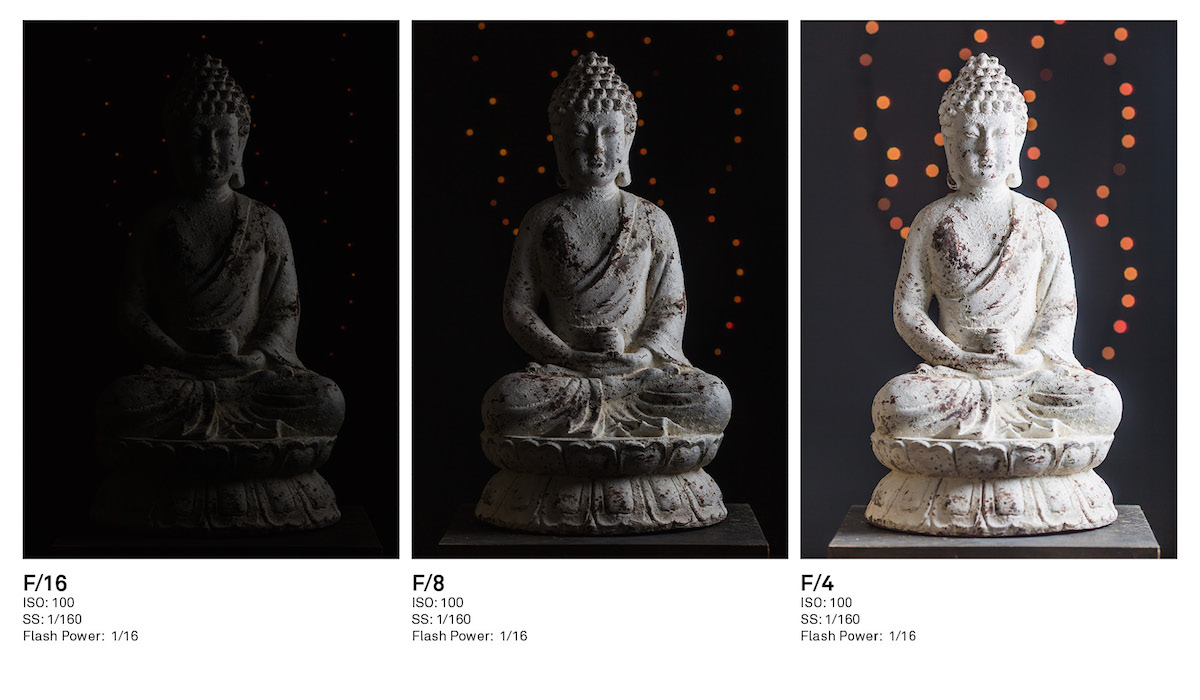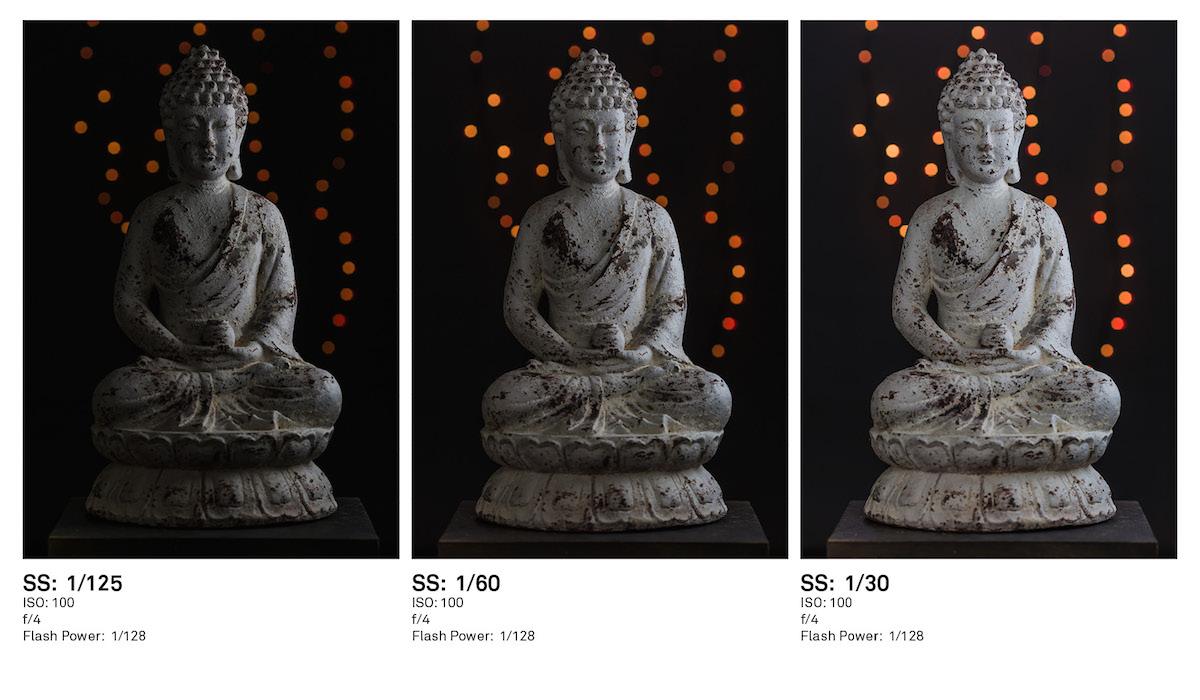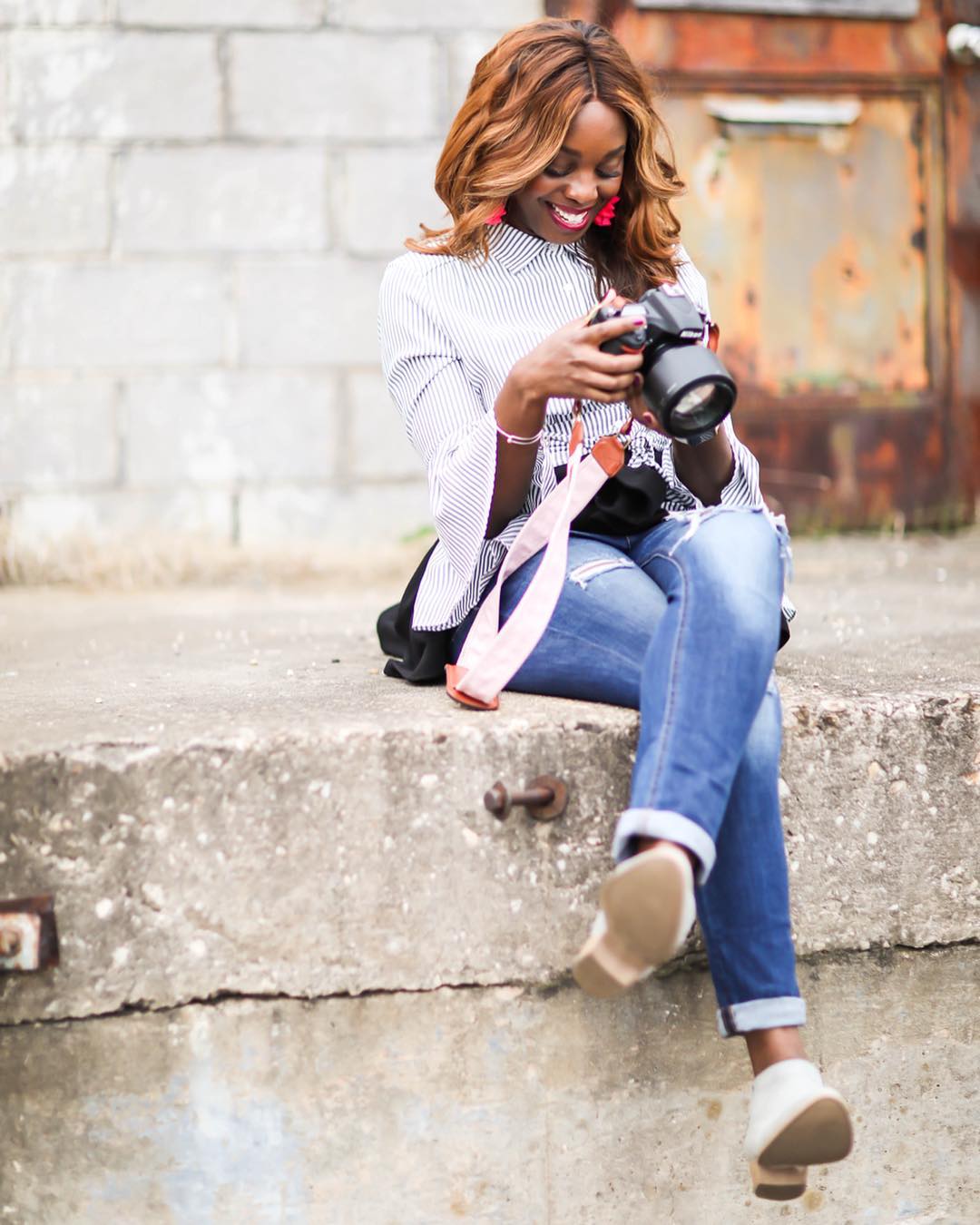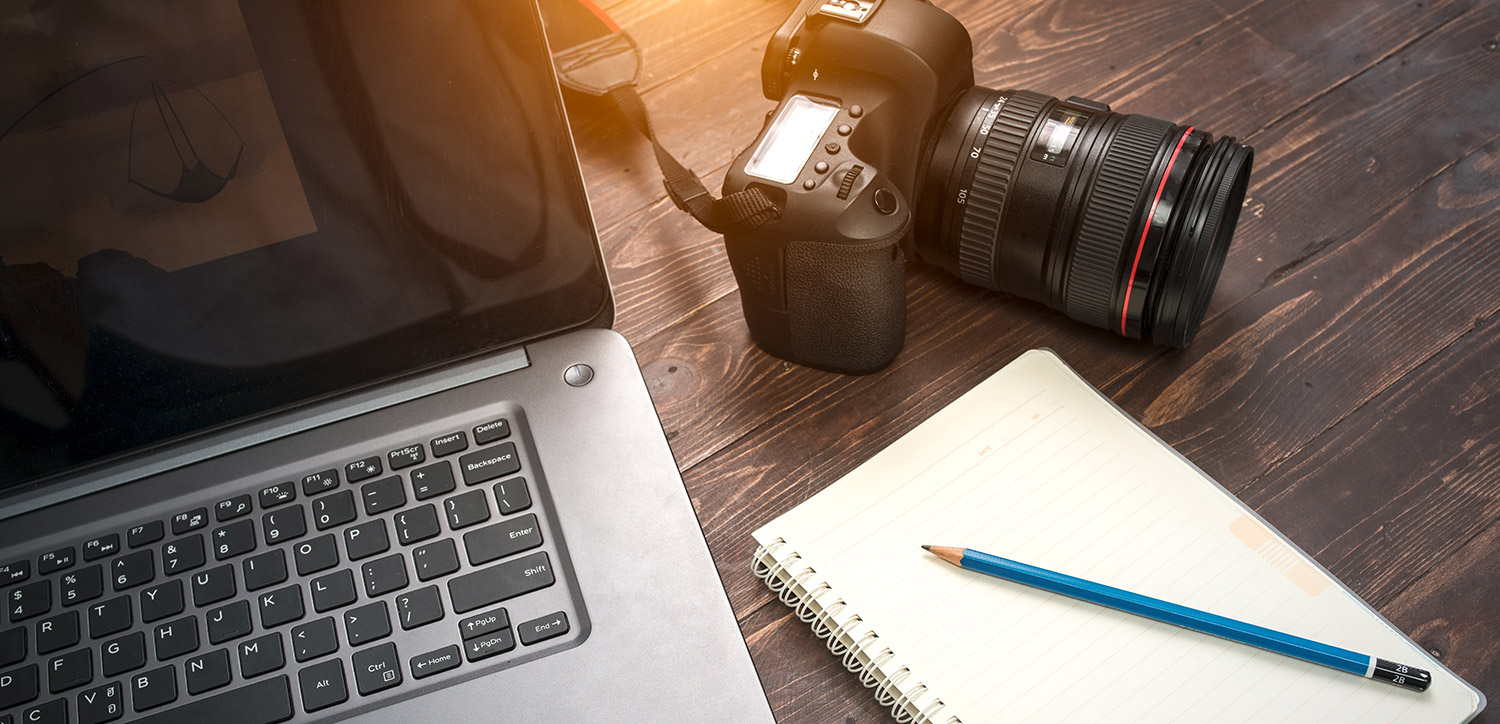
Intro to Off Camera Flash – Part 1
Today we will be starting a 2-part series on the basics of Off Camera Flash (OCF) photography. For many, the thought of using OCF is enough to send chills down your spine. It seems so complicated and an area where people try it once or twice and when it doesn't work out they throw in the towel and decide to never think about OCF again. But in reality, OCF is quite simple and once you understand the basics and put them to practice you'll wonder why you were even dreading it in the first place.
In flash photography there are 5 variables that effect the overall image. These variables are:
1. Aperture
2. Shutter Speed
3. Flash Power
4. Flash to Subject Distance (Inverse Square Law)
5. ISO
2. Shutter Speed
3. Flash Power
4. Flash to Subject Distance (Inverse Square Law)
5. ISO
Today we will be reviewing aperture and shutter speed and how they relate to Off Camera Flash.
APERTURE – CONTROLS FLASH EXPOSURE
As you are already aware, aperture controls depth of field in an image. Whilte this remains true, in flash photography, your aperture also controls the flash exposure on your subject. Simply put, by opening the aperture you are allowing more light into your camera and by closing the aperture you are allowing less light into your camera.
So what does this mean in terms of flash exposure? Take a look at the images below. In the first frame (f/16) you can see that the subject is underexposed. The highlights look like mid tones and overall the image is too dark. To compensate, I've opened up the aperture by 2 stops of light and taken another test frame (f/8). At f/8 the flash exposure on the subject looks great. The highlights are not blown out and the shadows still retain detail. If we were to open the aperture up another 2 stops to f/4 we begin to see an overexposed image with blown out highlights and muddy shadows. Although the image in the center is high in contrast, it is most pleasing to the eye.
Always be mindful that as you change your aperture to adjust your depth of field, flash exposure on your subject will change with it.
SHUTTER SPEED – CONTROLS AMBIENT EXPOSURE
Traditionally, when we think about shutter speed we usually think about it in relation to how it freezes motion. If a subject is moving quickly, the higher the shutter speed, the less likely you are to have motion blur. On the opposite end, if you want to see motion in an image you lower your shutter speed.
Flash photography is different in that the shutter speed controls the ambient light. As you can see in the set of images below, the portion of the subject illuminated by flash stays relatively the same exposure while the ambient light changes as the shutter speed changes. At 1/125th the background appears 1-stop under exposed and is almost completely black with the lights in the background barely visible. But as we begin slowing the shutter speed, the ambient light in the background becomes more visible while the subject lit by the flash remains virtually uneffected. At 1/60th of a second the twinkling lights in the background are more pronounced and look properly exposed. At 1/30th of a second there is much more ambient light in the image causing the background to turn from black to a muddy brown color and the brightest lights in the background begin to blow out and lose detail.
Easy, right? But what would happen if you wanted to shoot with a really fast shutter speed to kill all of the ambient light? Keep reading…
SYNC SPEED
Sync speed is the fastest shutter speed for which both the front and rear curtain are completely open when the flash fires. If your shutter speed is faster than sync speed you will begin to see a black bar across the image. This bar is really one of the curtains closing before the flash fires. For most cameras, sync speed is between 1/160th and 1/250th of a second. The Canon 5D Mark iii that we used for these images has a sync speed of 1/160th. You can see in this next set of images that as we go beyond the sync speed we start can see the curtain closing on the right side of the frame, cutting the subject almost in half.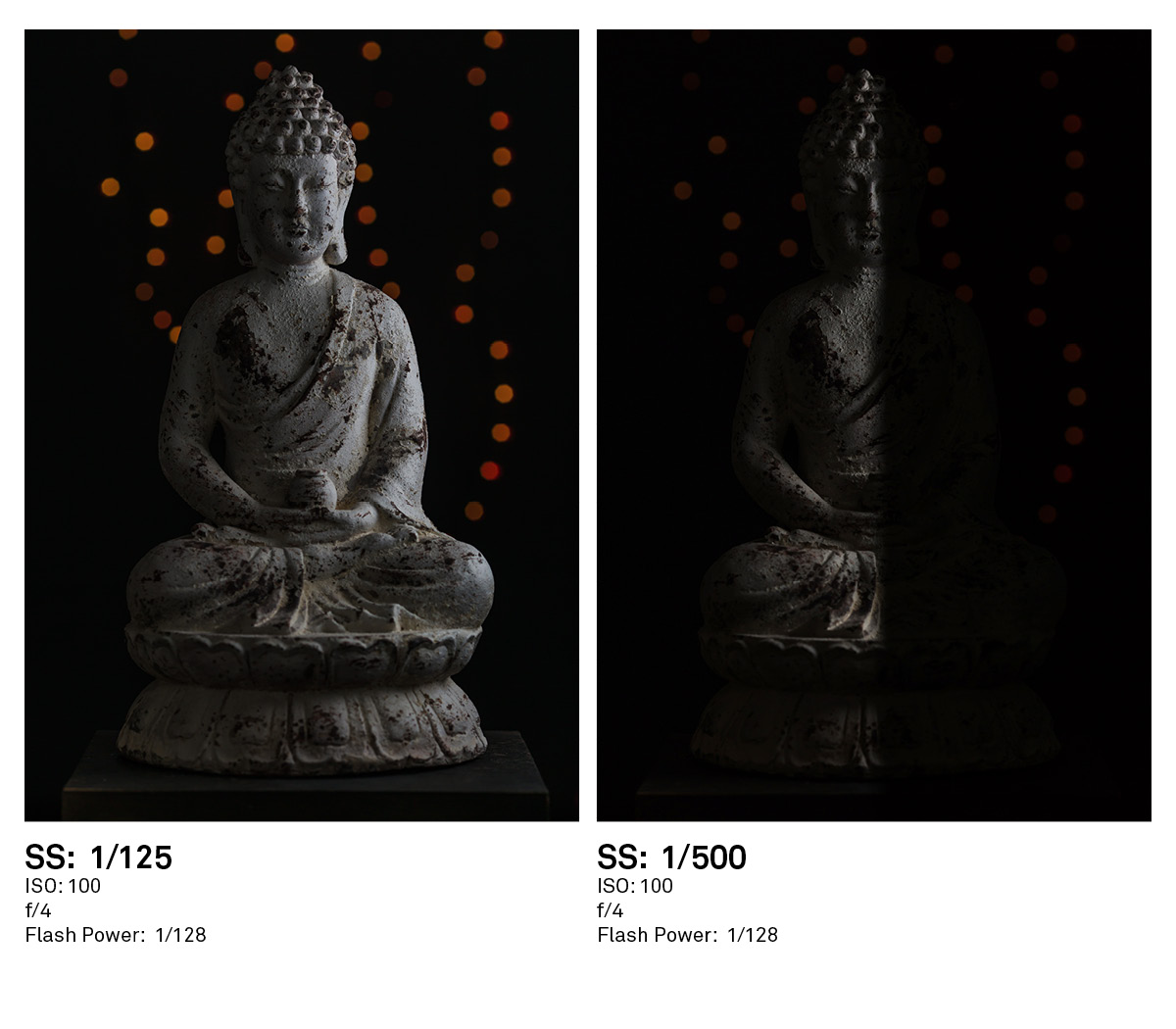

So the important things to remember are if you want more ambient light in a flash photography image, you want to shoot at a slower shutter speed so the camera has more time to soak in the light. BUT, you have to be aware of your sync speed so that your shutter isn't so fast that it starts closing before the flash has time to fire.
Get it? Got it? Good!
Hope this helps you understand how aperture and shutter speed effect OCF photography. If you have any questions feel free to ask!
Start Your Free Trial
(Free for 14 days)
No credit card required
